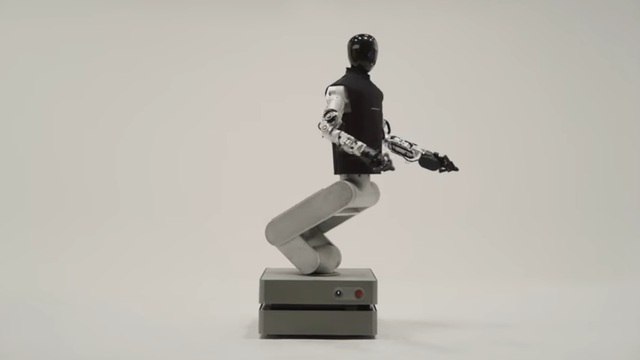The world's fastest developing humanoid robot.
The world's fastest developing humanoid robot.

More than a prototype.
For Humanoid, this prototype is just the beginning.
Follow my publications with the latest in artificial intelligence, robotics and technology.
If you like to read about science, health and how to improve your life with science, I invite you to go to the previous publications.
You want to win, play HARRY-RAID
If you like to read about science, health and how to improve your life with science, I invite you to go to the previous publications.
You want to win, play HARRY-RAID